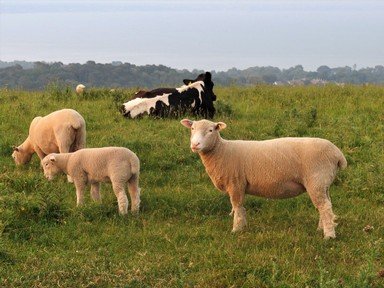
Feed the Goat Trivia Quiz
And Other Farm Livestock
Feed the goat, yes, but this farm also has chickens, bees and pigs and your task is to identify them and place them in their correct pens/hives/coops... you get the picture.
A classification quiz
by pollucci19.
Estimated time: 3 mins.